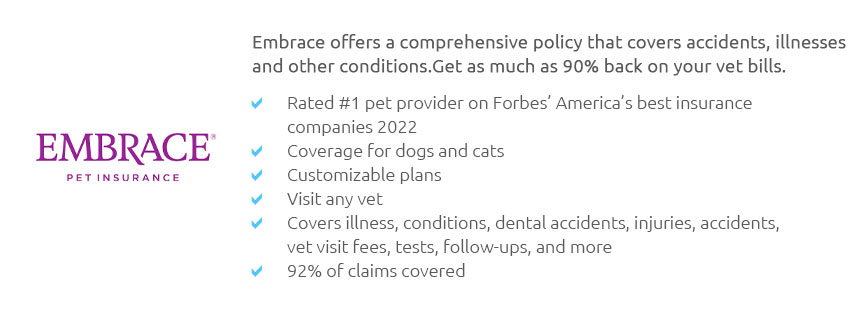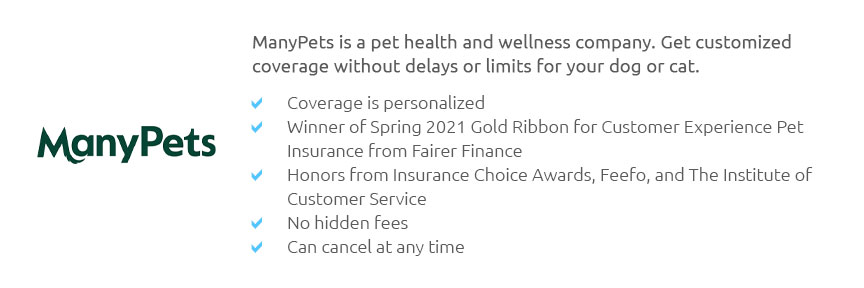 |
 |
 |
 |
 |
 |
|
 |
|
 |
|
 |
|
 |
|
 |
 |
 |
 |
 |
 |
 |
 |
Understanding the Average Cost of Pet Insurance: Navigating Your OptionsFor many pet owners, the topic of pet insurance is akin to venturing into uncharted territory; it's a landscape filled with questions, concerns, and considerations. Pet insurance, much like health insurance for humans, serves the noble purpose of alleviating financial burdens when our beloved furry companions fall ill or require medical attention. However, one of the most frequently asked questions remains: What is the average cost of pet insurance? The average cost of pet insurance can vary significantly based on a multitude of factors. Type of Pet, for instance, plays a crucial role. Cats tend to be cheaper to insure compared to dogs, but even among dogs, the breed can influence the cost. Larger breeds often come with higher premiums due to their predisposition to certain health issues. Additionally, the age of the pet is a significant factor; younger pets typically have lower premiums, but as they age, the cost tends to rise due to increased risk of health problems. On average, according to recent data, pet owners can expect to pay anywhere from $30 to $50 per month for dogs and about $15 to $30 per month for cats. It’s important to remember that these figures represent a baseline, and actual costs can be influenced by the level of coverage chosen. Comprehensive plans that cover accidents, illnesses, and routine care can push these numbers higher, while accident-only policies tend to be more affordable.
While navigating the options, it’s crucial to weigh the cost against the potential benefits. Some might argue that pet insurance is an unnecessary expense, especially if you have a healthy, young pet. Yet, others see it as a prudent investment that offers peace of mind, knowing that they won’t have to make difficult decisions based solely on financial constraints during emergencies. In conclusion, the decision to purchase pet insurance and determining what you are willing to pay boils down to personal preference and financial capacity. An informed approach involves researching different providers, understanding the nuances of each plan, and perhaps most importantly, considering the unique needs of your pet. After all, our pets are cherished members of our families, and ensuring their well-being is often worth the investment. https://www.nerdwallet.com/article/insurance/is-pet-insurance-worth-it
The average pet insurance cost is about $56 per month for dogs and $32 per month for cats for the most common type of policy. 2. By ... https://www.pawlicy.com/blog/pet-insurance-cost/
How Much Does Pet Insurance Cost on Average in the US? The average monthly pet insurance premium is $49.51 for dogs and $28.48 for cats, according to the latest ... https://www.progressive.com/answers/pet-insurance-cost/
The average accident and illness plan pet insurance premium in 2022 was $53.34 per month for dogs, and $32.25 for cats.
|